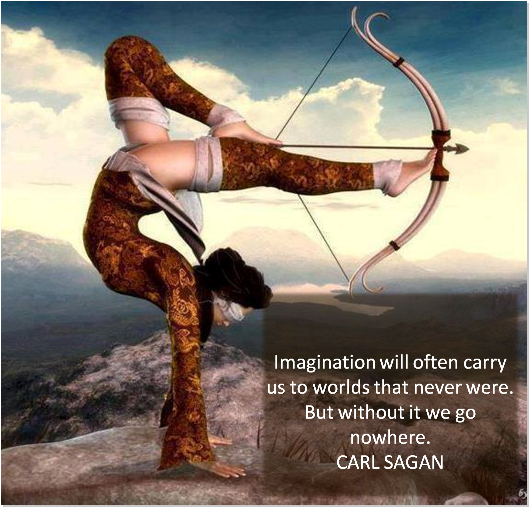Gary and I do a lot of beta reading, which is reading a novel manuscript and giving feedback. However nice it for an author get the comment, “I really like it,” that is not really very helpful. The best beta readers also give advice on how to improve the story.
You can find us at this link: https://www.fiverr.com/leejordan413/pro-beta-read-your-fiction-manuscript-with-lots-of-love
One of the comments I make often in my analysis has to to do with emotional impact. So many times the story fails to do this. So I usually explain what could be done to do that.
Before doing that I usually say this:
What is Art?
This is the best definition of art I have ever seen. It is by L. Ron Hubbard from a Book Called What is Art?
He says it is: sufficient technical expertise to create an emotional impact.
A painting can be technically perfect and yet not elicit a response from the viewer. Whereas, another may have technical flaws, but have people wanting to gaze at it for hours.
A reader wants to be moved in some way, drawn in, engaged. That defines why a person likes to read a story.
Here is an example: Show don’t tell. Yeah. That’s a good rule. If your character is about to enter a forbidden forest, one he has been told is enchanted and dangerous, you should not say: Peter was scared. That does not do it. Instead you describe the setting and hero’s reaction in a way that creates in the reader tension and feeling of terror. Remember the mines of Moria?
However, you don’t want to wear your reader out by keeping him in terror for pages! Peter has a win and beats the monster and thinks maybe he may find and save the damsel. Then he finds her, saves her (Yay!) and then has to battle another monster. He makes progress toward his goal of … saving Middle Earth … or something. (Yay!)
In other words, you are manipulating the emotions of the reader. The reader wants that. However, the reader also wants you to get him/her willing to go along for the ride.
That is your job. That’s where the technical expertise comes in. Decide how you want your reader to respond emotionally to your story.
Here is an example: Show don’t tell. Yeah. That’s a good rule. If your character is about to enter a forbidden forest, one he has been told is enchanted and dangerous, you should not say: Peter was scared. That does not do it. Instead you describe the setting and hero’s reaction in a way that creates in the reader tension and feeling of terror. Remember the mines of Moria?
However, you don’t want to wear your reader out by keeping him in terror for pages! Peter has a win and beats the monster and thinks maybe he may find and save the damsel. Then he finds her, saves her (Yay!) and then has to battle another monster. He makes progress toward his goal of … saving Middle Earth … or something. (Yay!)
In other words, you are manipulating the emotions of the reader. The reader wants that. However, the reader also wants you to get him/her willing to go along for the ride.
That is your job. That’s where the technical expertise comes in. Decide how you want your reader to respond emotionally to your story.
Here a link to the book:





